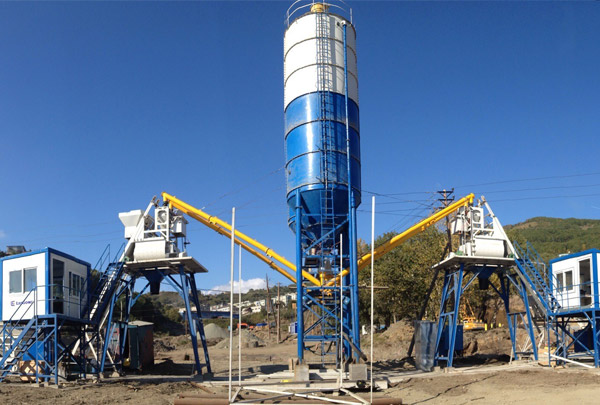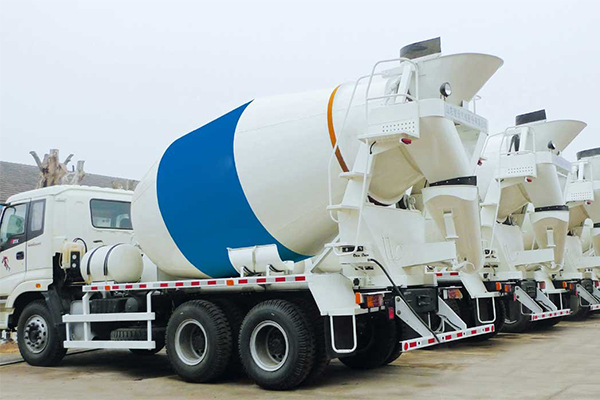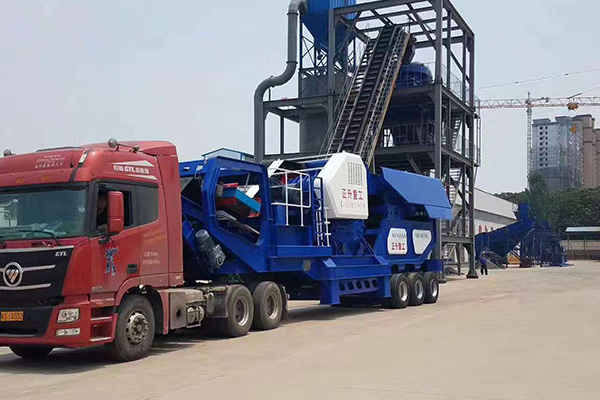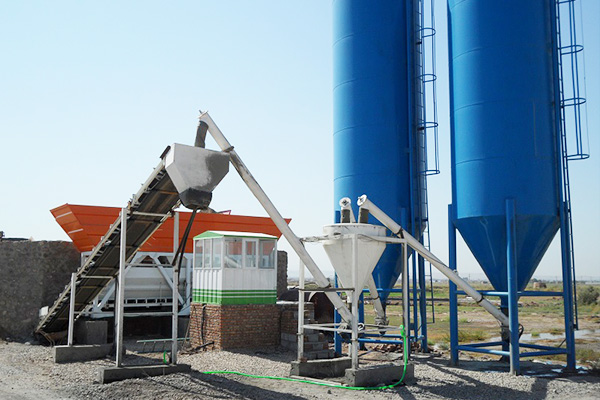Aggregate Processing Plant Design
Aggregate Processing Plant Design
The purpose of the aggregate processing plant is to prepare the rock or mineral in a form suitable for its use as aggregate, commonly defined in terms of particle size and size distribution, particle shape and mechanical properties, e.g. comprehensive strength. As a result, the process plant usually contains only the unit processes of crushing and grinding and sizing together with materials handling and transportation equipment such as conveyors and feeders.
The use of water and wet processing techniques facilitates the sizing of fine particles (classification) and the dispersal and subsequent rejection of finely sized mineral particles, e.g. clays. Consequently, the process plant may frequently also contain pumping and slurry handling equipment and unit processes of solid-liquid separation for final dewatering of the aggregate products and even waste products.
Mineral separation processes are occasionally employed to reject material of undesirable physical or chemical properties. In this respect the process of sizing is commonly used adventitiously or deliberately to separate a particular mineral fraction of the aggregate. Comminution is an energy intensive and relatively expensive process whose use must be minimized and the agglomeration of fine particles to create larger sizes is rarely if ever economically justified.
Therefore, in the case of sand and gravel deposits it is important to determine the relative proportions of the 'sand' and 'gravel' sizes. Those deposits in which the proportions most closely match the local demands of the market will obviously be more highly valued than others since significant processing costs may be reduced. In the case of hard rock sources of aggregates it is most important to consider the demands of the market with respect to particle size when selecting comminution equipment and designing the integrated flowsheet of crushing and sizing operations.
All plants should be provided with sufficient monitoring instrumentation, e.g. mass flow meters, sampling points and control measures to ensure that the products satisfy the quality requirements of the aggregate use.
Aggregate processing plant supplier
In addition, modern plant design must incorporate equipment that ensures a safe and healthy environment within the process plant especially with respect to control of dust and noise. Where the plant is located near habitation this consideration may extend to the environmental impact beyond the works perimeter in terms of noise and dust pollution and even the visual impact of the buildings.








